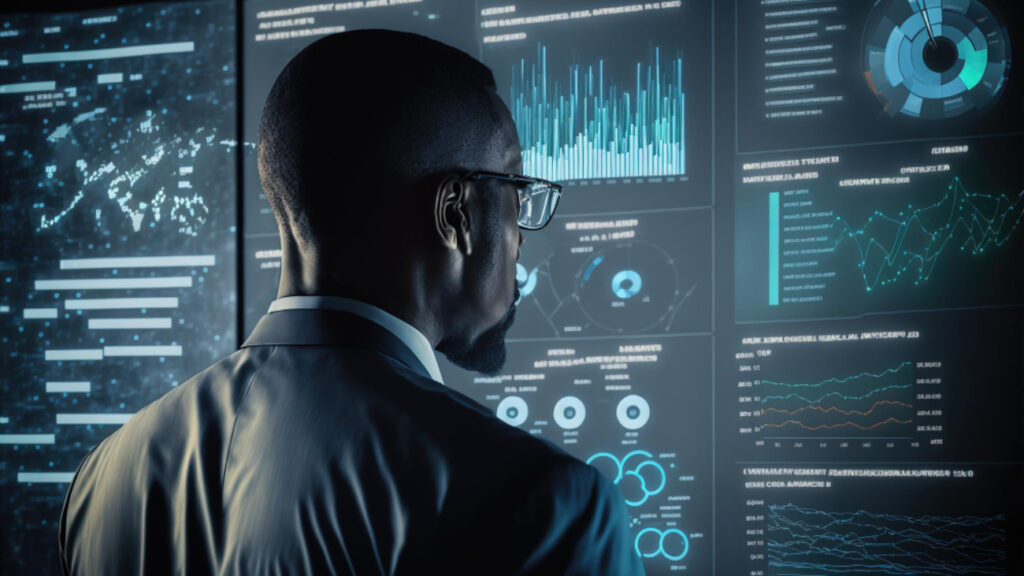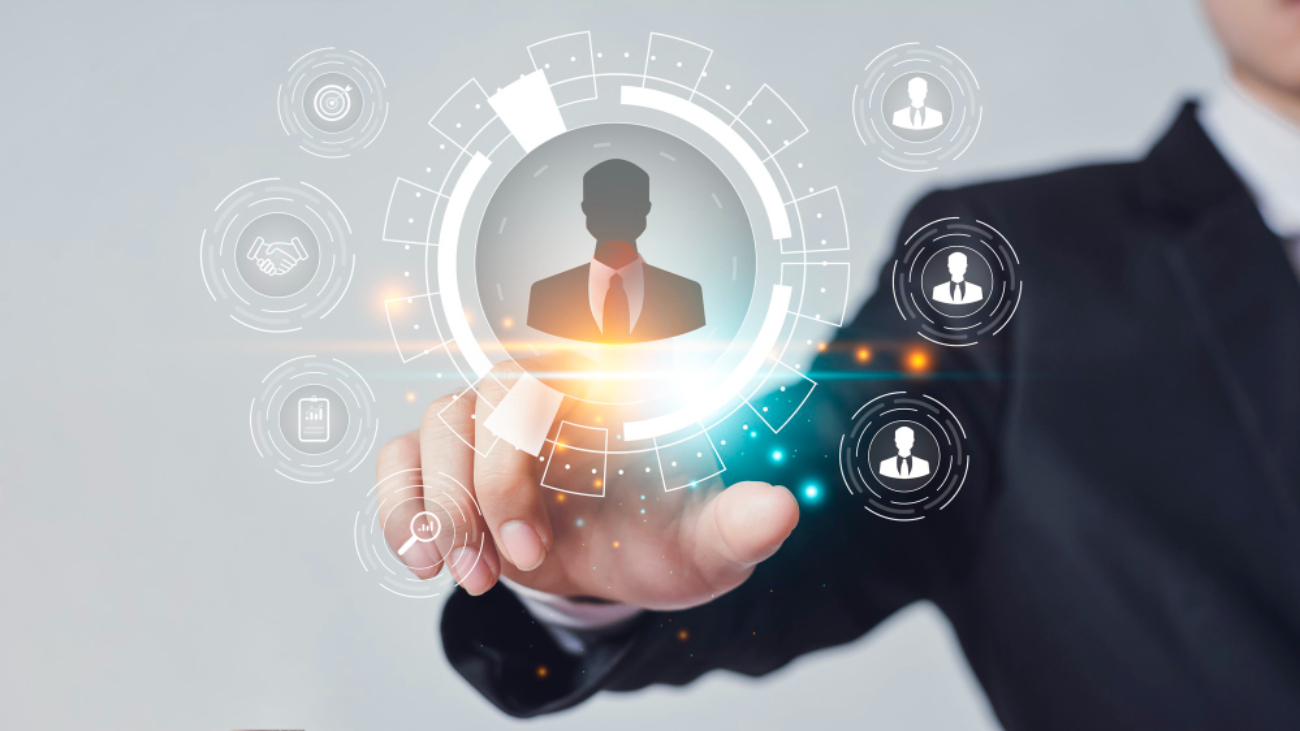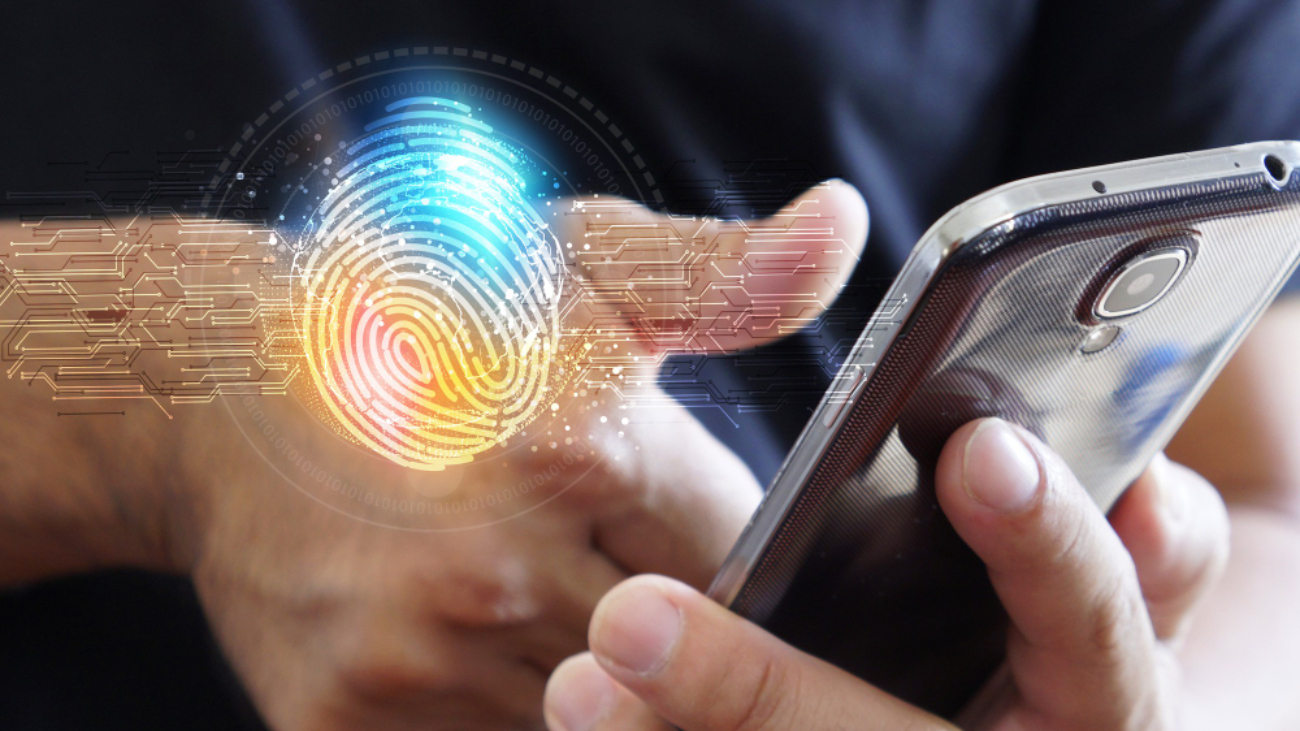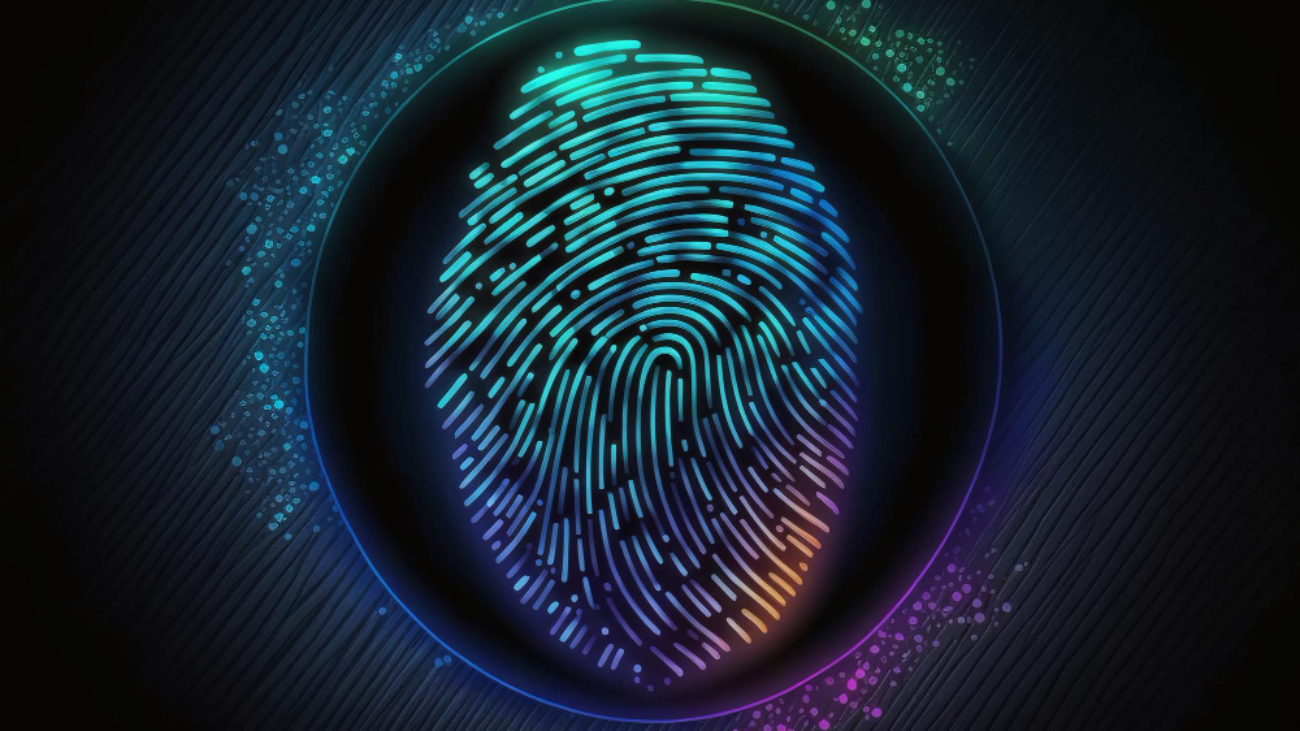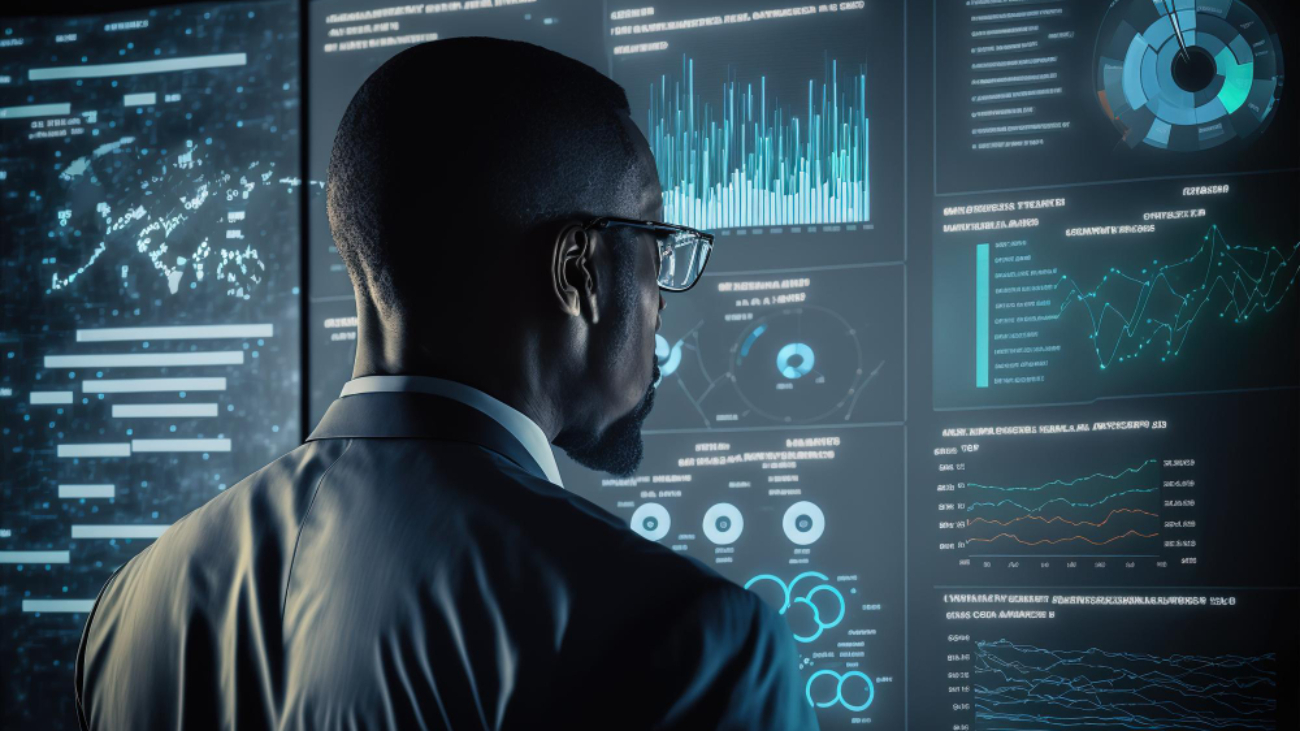Video analytics is a powerful tool that can help retail businesses improve their operations and boost their bottom line. By analyzing video footage from cameras placed throughout a store, businesses can gain valuable insights into customer behavior. They can also use this information to optimize store layouts, improve customer service, and identify trends in shopping patterns.
Video analytics can also be used to track inventory and detect theft, allowing businesses to take action quickly to address any potential issues. With the ability to provide real-time data and alerts, video analytics is quickly becoming an essential tool for retailers looking to stay competitive in today’s fast-paced retail landscape.
How does Video Analytics differ from regular CCTV?
Bahaa Abdul Hadi explains that video analytics and CCTV (closed-circuit television) are both technologies that involve the use of cameras to capture footage, but they serve different purposes. CCTV is primarily used for security and surveillance, allowing businesses to monitor their premises and deter or detect criminal activity.
Video analytics, on the other hand, helps in data analysis and business intelligence, providing insights into customer behavior and helping businesses optimize operations and improve performance. The key difference is that CCTV excels in live monitoring and security while video analytics excels in extracting data & providing insights. Video analytics systems are more complex and sophisticated in the way it processes data. These systems can trigger alarms or other automatic actions based on certain criteria.
Factors helping the Video Analytics sector to flourish
The main factors that are supporting the rapid growth of video analytics are as follows:
- Investment in smart cities around the world.
- Governments taking public safety more seriously.
- The advent of edge computing.
- More focus on hygiene maintenance in public places.
- More incentives to counter hackers, cybercriminals, effects of a pandemic, etc.
The benefit of video analytics in the retail market
Video analytics can help retailers in a variety of ways, some of the most common include:
- Customer behavior analysis: Video analytics can track customers as they move through a store, providing insights into where they go, what they look at, and how long they spend in different areas. This can help retailers optimize store layouts, improve product displays, and identify high-traffic areas that may need additional staff or resources.
- Inventory management: Video analytics can be used to track inventory levels, detect out-of-stock items, and alert staff to restock shelves.
- Loss prevention: Video analytics can be used to detect potential theft or suspicious behavior, allowing retailers to take action to prevent losses.
- Marketing: Video analytics can provide insights into customer demographics, allowing retailers to better target their marketing efforts and improve the effectiveness of in-store promotions.
- Staff performance analysis: Video analytics can be used to monitor staff performance, identify areas for improvement and ensure compliance with company policies.
Conclusion
The future of video analytics in retail businesses is bright, as advancements in technology will allow for even more data collection and analysis. Expect to see more superior features such as facial recognition, real-time tracking, and automation of in-store processes, leading to more efficient operations and better customer experiences.
Thank you for your interest in Bahaa Abdul Hadi blogs. For more information, please stay tuned to www.bahaaabdulhadi.com
